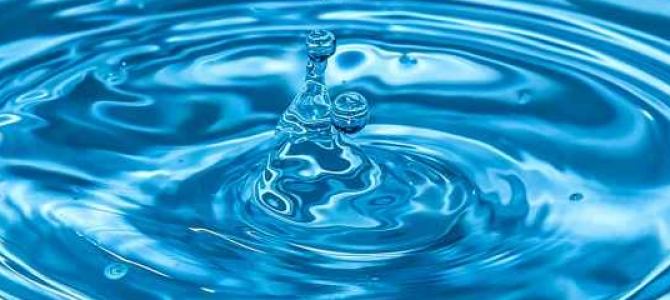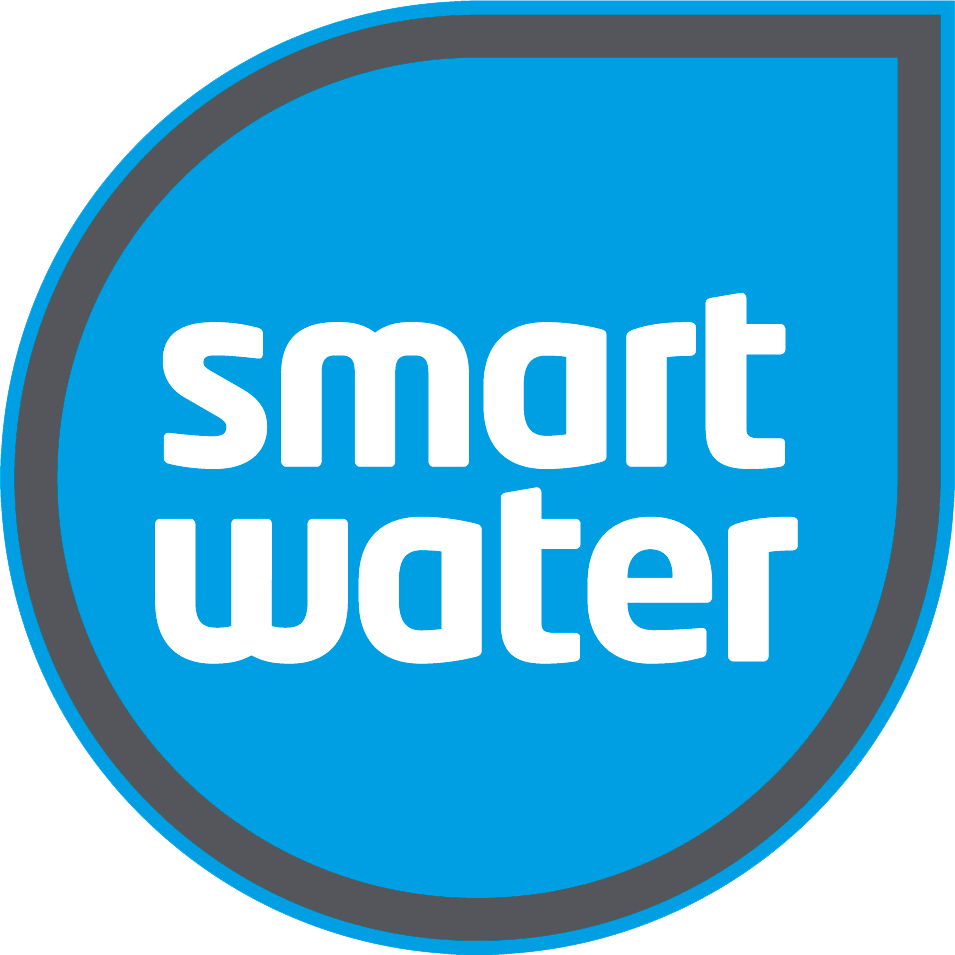 Shopping Cart
Shopping Cart
23 October 2025
How water tank level sensors can help conserve water

In a world where climate change intensifies and global water scarcity grows, efficient water management is no longer optional - it’s essential. In 2025, around 2 billion people globally still lack access to clean drinking water, while half the world experiences water scarcity for at least part of each year. New Zealand, despite its abundant rainfall, faces increasing water stress in urban areas such as Auckland, where average residential water use is 241 litres per person per day, a figure expected to edge upward unless better management measures are implemented.
Here at Smart Water, a New Zealand-based leader in tank monitoring technology, we continue to pioneer smart conservation through our SW900 wireless tank level system - a solution designed not only to monitor but transform the way households, farms, and businesses manage water.
In this post, we take a deeper dive into how water tank level sensors, combined with the growing demand for rainwater harvesting solutions, can help to future-proof New Zealand against potential water shortages in the future as hotter, drier summers become more commonplace, placing additional strain on our valuable water resources here in Aotearoa.
Why Water Conservation Matters More Than Ever
Globally, water consumption has increased sixfold over the past century, and by 2030, demand is projected to exceed supply by 40% if current trends continue. Locally, New Zealand’s non-revenue water losses (from leaks and supply inefficiencies) remain around 186 litres per connection per day, despite significant infrastructure efforts.
Meanwhile, escalating drought conditions in Canterbury and Otago over recent summers have reminded New Zealanders that water sustainability is a shared responsibility. Smart, data-driven water management systems play a crucial role in this.
What are Water Tank Level Sensors?
Water tank level sensors, or water tank level indicators as they are sometimes known, tell you how much water is in your tank. Systems like Smart Water’s SW900 series also enable you to monitor water usage and provide you with accurate forecasts about the amount of water left in your tank.
Using this data, the system can then predict how many days the water in your tank will last based on current consumption levels, helping you to plan ahead.
Our system is fully wireless and consists of a tank sender that transmits water level data from additional tanks to your Smart Level WiFi LCD Keypad or WiFi Gateway, quickly and easily. It simplifies and brings precision to extensive and complex water management systems, giving you the ability to monitor, analyse and utilise your water resources proactively and efficiently.
The tank sender works in conjunction with our water tank sensors, which are precisely engineered to operate at the core of your tank water management system. Accurate monitoring of your water tank levels is essential to ensuring your water resources are managed appropriately and effectively throughout the year. Our water tank level sensors are designed with this in mind, offering reliable performance, continuous use, and longevity in a wide range of diverse environments.
You can learn more about water tank level indicators in an earlier post.
How Smart Water Tank Level Sensors Conserve Water
Smart Water’s SW900 series redefines precision in water monitoring. Below are the key ways our advanced systems contribute to conservation across homes, farms, and businesses:
1. Prevent Overfilling
Overfilled tanks not only waste collected rainwater but can also damage tanks and surrounding structures. The Smart Water system introduces programmable fill thresholds and instant alerts via the WiFi LCD Keypad or mobile app, enabling precise shutoffs before overflow occurs.
2. Detect Leaks Early
The SW900’s continuous monitoring and abnormal usage alerts notify you the moment consumption deviates from your normal pattern, helping to catch leaks, valve faults, or pipe ruptures before significant water loss or property damage occurs.
3. Track and Forecast Water Use
Using proprietary algorithms, Smart Water’s system provides a real-time “Time to Empty” estimate, similar to a car’s fuel gauge, and 30-day usage trends based on your consumption history. These data insights empower households to plan water use more intelligently, reducing waste.
4. Enable Smarter Resource Sharing
The system can link up to 12 tanks and 12 pumps, balancing supply across multiple tanks or sources. It even supports automatic pump control, allowing water transfer between tanks or from external sources like bores or streams based on precise level thresholds.
5. Encourage Behavioural Change
Access to visual usage data through the Smart Water app helps users understand their consumption patterns and make informed choices, from installing low-flow fixtures to adjusting irrigation schedules based on rainfall forecasts.
What Makes Smart Water Different
Unlike basic tank gauges, the Smart Water SW900 series integrates proprietary long-range LoRa wireless connectivity, solar-powered tank senders, and dedicated app-based analytics. Together, these deliver an unmatched combination of accuracy, durability, and sustainability.
Key differentiators include:
- Ultra-long range LoRa connectivity (far exceeds WiFi or Bluetooth-based competitors)
- Solar-powered senders are designed for low-maintenance operation even in remote areas
- Weather forecasting and rain prediction integration for predictive water management
- Highly durable 316 stainless steel sensor construction and UV-resistant casing for New Zealand’s conditions
- Free app for iOS and Android, providing insights, alerts, and access anywhere
- Backed by a two-year full replacement warranty and New Zealand-based after-sales support
These proprietary features make Smart Water not just a monitoring solution but a full smart conservation system engineered for accuracy, reliability, and ease of use.
Scannable Summary: Top Benefits at a Glance
- Prevents overfilling and wastage through smart alerts.
- Detects leaks automatically to save thousands of litres annually.
- Forecasts consumption trends and “days remaining.”
- Supports multi-tank systems for large-scale setups.
- Improves sustainability through predictive usage analytics.
Current Water Use and Climate Context in New Zealand
According to Watercare’s 2024–2025 report, Auckland households use about 510 litres per dwelling daily, with a long-term goal to reduce this by 15%. Yet, leaks and inefficient water habits remain major contributors to avoidable waste.
Across the country, 37% of New Zealand’s rivers show degraded water quality and 76% of native fish are threatened, reinforcing the environmental urgency of smarter water use.
Smart technologies like Smart Water’s sensors play a measurable role in reducing unnecessary strain on freshwater ecosystems by promoting localised, data-driven water conservation.
How Smart Water Systems Support Businesses and Communities
Beyond residential use, Smart Water systems are increasingly deployed by farms, hotels, schools, and eco-conscious developments. Businesses benefit from:
- Automated water management across multiple sites.
- Cloud-based analytics for compliance and sustainability reporting.
- Integration with automated irrigation systems to avoid overwatering.
This scalability makes the Smart Water SW900 series as effective for rural agriculture as for commercial infrastructure, minimising waste, downtime, and environmental impact.
How Can Businesses Conserve More Water?
Water tank level sensors are a great way to identify excessive water consumption; however, steps will still need to be taken by businesses (and homeowners) to reduce the amount of water they are consuming. Here are some potential ways to reduce water usage:
- Conduct a water audit: A water audit involves examining the water consumption patterns of the business and identifying areas where water is being wasted. If you are using water tanks, water tank level sensors will form part of this audit, helping businesses to understand where they can reduce water usage and implement more efficient water management practices.
- Fix leaks: Leaks can be a significant source of water waste. By fixing leaks promptly, businesses can conserve water and save money on water bills. Regular maintenance and inspection of pipes, fixtures, and equipment can help identify and fix leaks before they become significant issues.
- Install low-flow fixtures: Low-flow taps, showerheads, and toilets can significantly reduce water usage without compromising on functionality. Installing these fixtures can help businesses save water and reduce water bills.
- Recycle water: Depending on the type of business, there may be opportunities to recycle water for non-potable uses, such as irrigation or industrial processes. This can help reduce the amount of freshwater needed for these purposes.
- Use water-efficient equipment: Water-efficient equipment, such as dishwashers and washing machines, can help businesses save water and reduce water bills. When purchasing new equipment, businesses should look for products with the relevant water efficiency label. Here in New Zealand, the Water Efficiency Labelling Scheme (WELS) applies to products including washing machines, dishwashers, lavatories, showers, taps, and urinals. Other systems are in place in other countries around the world to help identify water-efficient products.
- Implement water management strategies: Businesses can implement water management strategies to optimise their water usage. This can include practices such as rainwater harvesting, which involves collecting rainwater for non-potable uses, or greywater recycling, which involves using wastewater from sinks, showers, and washing machines for irrigation or other non-potable uses. Whilst we have focused on the way water tank level sensors can be used to promote water conservation, if your business is not already using water tanks, this can be the first step to improving water conservation.
- Educate employees: Educating employees about water conservation can help to promote a culture of water efficiency within the business. This can include simple measures such as turning off taps when not in use or reporting leaks promptly.
Glossary: Key Terms
- LoRa: A long-range, low-power wireless communication technology used for real-time sensor data transmission.
- Time to Empty: A forecast measure predicting how many days of water a tank has left based on recent usage data.
- Non-revenue water: Water produced but not billed to customers due to leaks, theft, or inefficiency.
Expert Endorsement
According to engineers from Watercare and BRANZ, digital monitoring systems can reduce average water use by up to 20% per household, thanks to early leak detection and behavioural feedback loops.
Smart Water’s commitment to continuous innovation and environmental responsibility ensures its technology is ahead of the curve in both functionality and sustainability, helping customers conserve water without sacrificing convenience.
Frequently Asked Questions
How accurate is the Smart Water SW900 sensor?
It provides millimetre-level accuracy, automatically recalibrating each fill cycle for consistent results even in variable tank conditions.
Can the system run off solar power only?
Yes. Each Tank Sender is solar-powered with a backup AC option, ensuring uninterrupted monitoring in low-sunlight conditions.
Is the Smart Water app free?
Yes, it’s available on both iOS and Android and provides full visibility, including custom alerts, trend data, and weather integration.
How does the system detect a leak?
Abnormal consumption patterns trigger a real-time alert, often before leaks become visible or costly.
How long does installation take?
Most customers complete DIY installation in under an hour using the included mounting accessories and setup video.
Smart Water’s SW900 system represents the next generation of intelligent water management, combining advanced engineering, environmental responsibility, and data-driven precision to help New Zealand households and businesses protect one of our most precious resources.
If you want to accurately measure the level of water in your water tank, talk to the team today. With accurate water level readings, average water consumption data and accurate predictions about future usage, the Smart Water system will help you manage your water tank levels, helping you conserve water.
